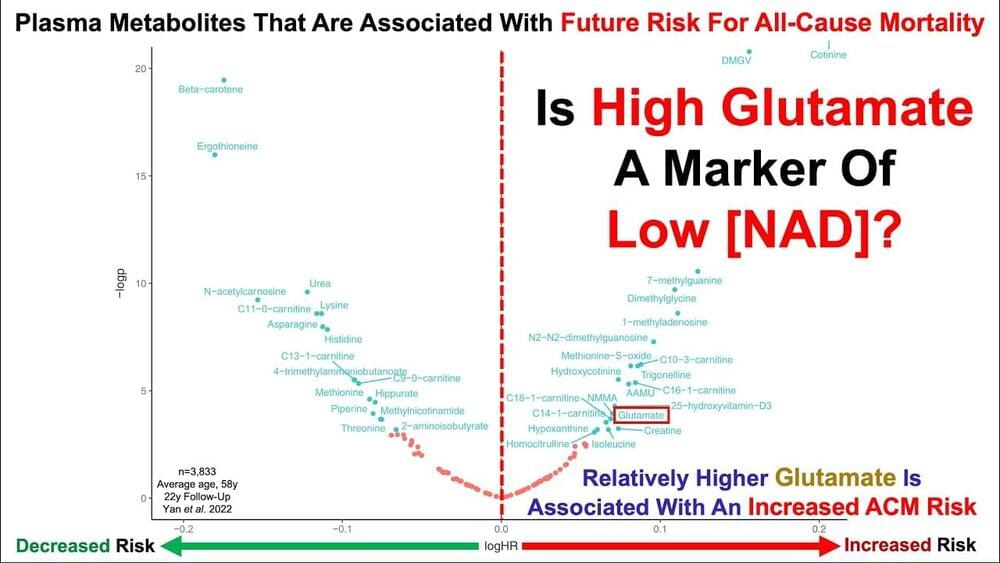On this episode, Daniel Schmachtenberger returns to discuss a surprisingly overlooked risk to our global systems and planetary stability: artificial intelligence. Through a systems perspective, Daniel and Nate piece together the biophysical history that has led humans to this point, heading towards (and beyond) numerous planetary boundaries and facing geopolitical risks all with existential consequences. How does artificial intelligence, not only add to these risks, but accelerate the entire dynamic of the metacrisis? What is the role of intelligence vs wisdom on our current global pathway, and can we change course? Does artificial intelligence have a role to play in creating a more stable system or will it be the tipping point that drives our current one out of control?
About Daniel Schmachtenberger:
Daniel Schmachtenberger is a founding member of The Consilience Project, aimed at improving public sensemaking and dialogue.
The throughline of his interests has to do with ways of improving the health and development of individuals and society, with a virtuous relationship between the two as a goal.
Towards these ends, he’s had particular interest in the topics of catastrophic and existential risk, civilization and institutional decay and collapse as well as progress, collective action problems, social organization theories, and the relevant domains in philosophy and science.
For Show Notes and.
Daniel’s recommended content for further AI learning:









